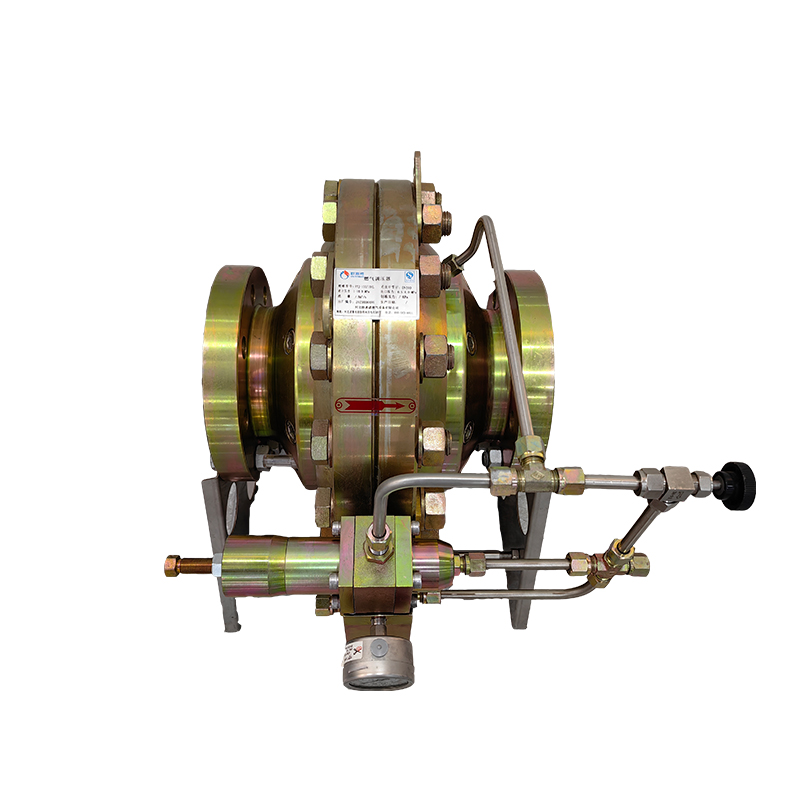
Dec . 12, 2024 20:48
Back to list
pressure regulating skid
Understanding Pressure Regulating Skids A Comprehensive Overview
Pressure regulating skids are critical components in various industries, particularly in the oil and gas sector, where maintaining precise pressure levels is essential for safety, efficiency, and operational integrity. These skids are pre-assembled modular units designed to regulate and control the pressure of fluids or gases within pipelines and other systems. By ensuring that pressure levels remain within specified limits, pressure regulating skids play a crucial role in protecting equipment, processes, and personnel from potential hazards associated with overpressure or underpressure situations.
Key Components of Pressure Regulating Skids
A pressure regulating skid typically consists of several key components that work together to manage pressure effectively. These components include
1. Pressure Regulators These devices automatically adjust the pressure of the fluid or gas passing through them, ensuring that it remains within a predetermined range. Depending on the design, regulators can either reduce high pressure to a safer, lower level or maintain a set output pressure irrespective of fluctuations upstream.
2. Sensors and Transmitters Pressure sensors are crucial for monitoring the pressure levels in real-time. They provide continuous feedback to the control system, allowing for instant adjustments to be made if necessary. Transmitters relay this information to a centralized system for further analysis.
3. Control Valves Control valves are essential for modulating the flow of fluid or gas based on the input from the pressure sensors. By opening or closing in response to varying pressure levels, they help maintain stability within the system.
4. Safety Devices Safety valves, relief valves, and pressure switches are integrated into the skid design to provide an additional layer of protection. These devices are engineered to release pressure if it exceeds safe limits, preventing catastrophic failures.
5. Piping and Fittings The skid includes a network of pipes and fittings designed to withstand high pressures and deliver fluids or gases to and from the regulating system. The design and material of the piping are crucial to ensure durability and reliability.
Applications of Pressure Regulating Skids
Pressure regulating skids find applications across various industries, including
- Oil and Gas In the oil and gas sector, pressure regulating skids are used to control the pressure of hydrocarbons during transmission, ensuring safe and efficient operations. They are essential in processing plants, refineries, and gas distribution networks.
pressure regulating skid

- Chemical Processing In chemical plants, pressure regulation is vital for maintaining optimal reaction conditions and preventing leaks or explosions
. Skids help control pressures in reactors, separators, and other critical processes.- Water Treatment Pressure regulating skids are employed in water treatment facilities to manage the pressure of water passing through filtration systems and pumps. This ensures effective treatment while preventing damage to equipment.
- Power Generation In power plants, particularly those utilizing steam, pressure regulation is crucial for turbine operation and overall system efficiency. Skids help manage steam pressure, ensuring safe operation and optimal energy production.
Benefits of Using Pressure Regulating Skids
The deployment of pressure regulating skids offers several benefits
1. Enhanced Safety By maintaining safe pressure levels, these skids reduce the risk of accidents, equipment failure, and environmental hazards.
2. Improved Efficiency With precise pressure control, operations can run more smoothly, reducing energy consumption and waste.
3. Cost-Effective Solutions Pre-assembled skids minimize installation time and costs, as they arrive on-site ready for integration into existing systems.
4. Flexibility and Scalability Skids can be easily modified or expanded to accommodate changing operational requirements, making them a flexible option for various applications.
Conclusion
In conclusion, pressure regulating skids are indispensable in maintaining safety and efficiency in numerous industrial processes. Their sophisticated design and functionality ensure precise pressure control, protecting both equipment and personnel from the potential dangers of pressure fluctuations. As industries continue to prioritize safety and efficiency, pressure regulating skids will remain a vital technology, evolving to meet the demands of an increasingly complex and dynamic operational landscape.
Latest news
-
Safety Valve Spring-Loaded Design Overpressure ProtectionNewsJul.25,2025
-
Precision Voltage Regulator AC5 Accuracy Grade PerformanceNewsJul.25,2025
-
Natural Gas Pressure Regulating Skid Industrial Pipeline ApplicationsNewsJul.25,2025
-
Natural Gas Filter Stainless Steel Mesh Element DesignNewsJul.25,2025
-
Gas Pressure Regulator Valve Direct-Acting Spring-Loaded DesignNewsJul.25,2025
-
Decompression Equipment Multi-Stage Heat Exchange System DesignNewsJul.25,2025

